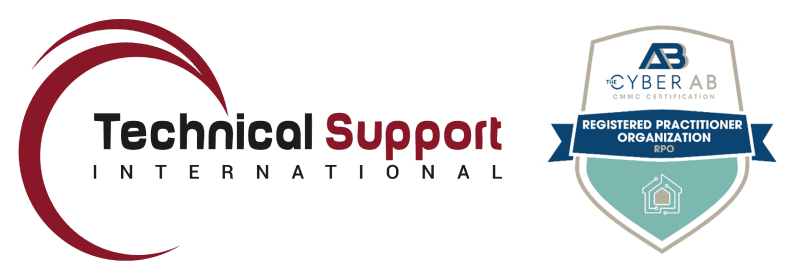W hat Exactly is a Zero Trust Security Model?

There are several key components to a Zero Trust security model:
- Identity and access management: Every user and device seeking access to your network must undergo verification and authentication. This can be achieved through methods such as multi-factor authentication, digital certificates, or biometric verification.
- Microsegmentation: Your network should be segmented into smaller, isolated sections to ensure that if a breach occurs, the damage is contained to a limited area.
- Continuous monitoring: You should continuously monitor your network for suspicious activity. This allows you to quickly detect and stop any threats, ensuring that your remote access has not been compromised.
- Least privilege access: Users should be granted access only to the resources they need to perform their job and no more. This practice helps to reduce the attack surface of your network.
The Zero Trust model assumes all users and devices attempting to access your network are potentially compromised and must be verified and authenticated. Key components include identity and access management, micro-segmentation, continuous monitoring, and least privilege access. Implementing these security measures can significantly reduce the risk of cyber-attacks on your network.
I mplementing Zero Trust
Contact Technical Support International (TSI) for Your Free Consultation!
What Our Clients Are Saying
“TSI are very responsible, very receptive and very knowleadgeable. I know that if I reach out to them, the job is going to get done in a timely manner and I would definitely recommend TSI to anybody."
ELAINE SHORE / Office Manager, First Aid Beauty
Newton, Massachusetts

